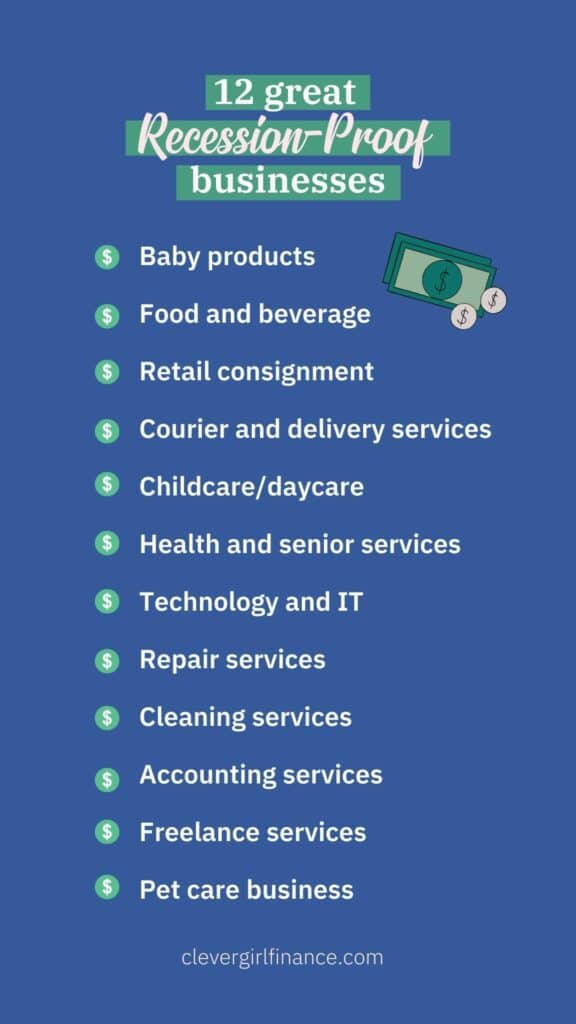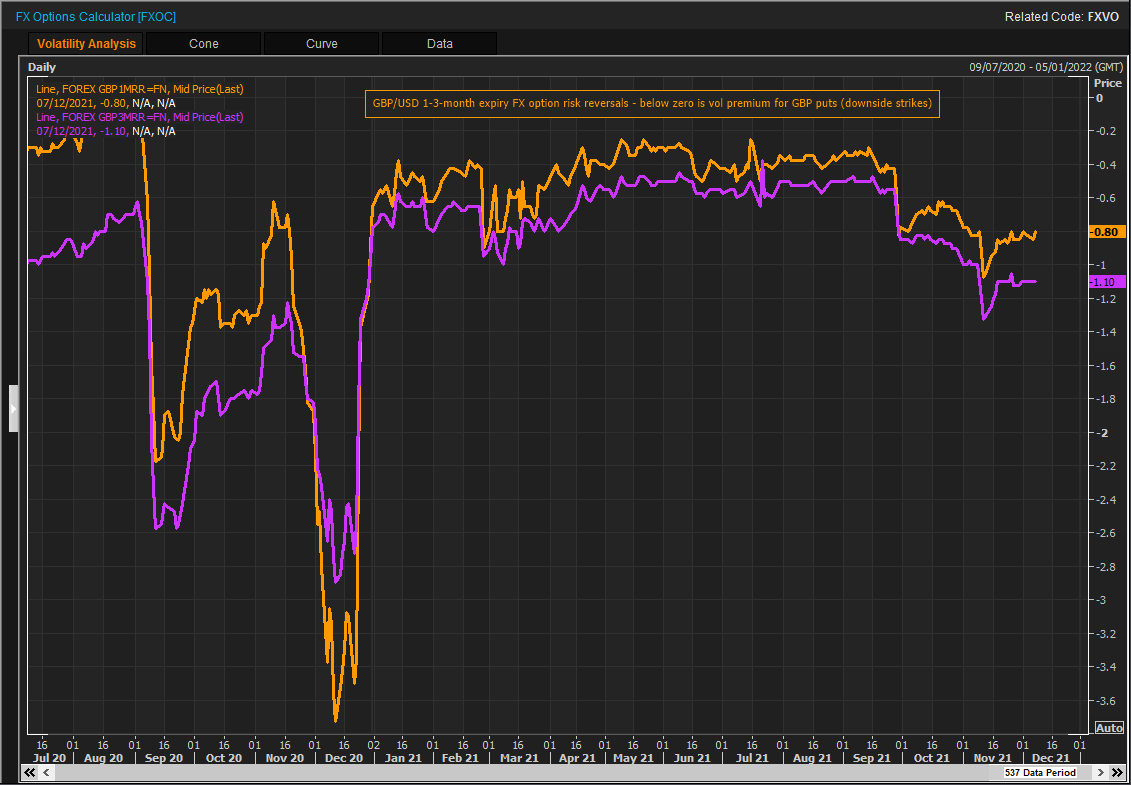
The best way to ensure a decent return on your investment is to invest in the S&P 500. This index can be used to diversify your portfolio in the most secure and cost-effective manner. It is comparable to all major U.S.-based indices, and it costs only a fraction as much as a mutual funds.
The S&P 500 offers the most secure way to guarantee a high return on your investment.
The S&P 500 has many advantages, including diversification and low costs. You can either buy stocks from companies within the S&P 500 or you can invest in an index fund that mimics the entire S&P 500. An index fund is a popular investment for retirement accounts and other purposes. It can be purchased through your brokerage account. Some index funds have tax benefits.
The S&P 500 is the most popular index for Wall Street, and it gives investors an instant read on the general performance of the market. It is possible to add securities that closely mirror the S&P 500 as part of your portfolio. Research shows that stocks that closely mirror the index are 90% more likely to earn a good return.

Long-term investors may find investing in the S&P 500 a profitable strategy. The average annual return for the S&P 500 index is about 8%, if you buy an ETF or mutual fund. The return can vary depending on which stocks you purchase.
This is an inexpensive way to diversify your portfolio
Diversification is crucial for investors looking to reduce risk and maximize return. Diversification means diversifying portfolio across markets and asset classes. It can also be used to diversify your portfolio within different industries. This allows for you to attain the desired levels and returns at a very low cost. Diversification helps reduce the impact of emotion on investments. Warren Buffet famously stated once that emotion control was an essential part of investing.
Diversifying your portfolio is possible by investing in multiple assets such as mutual funds, corporate bonds, and equities. It's risky to invest in just one asset class and it may not perform as well than the overall market. A diversified portfolio helps you ride out market swings and reduce your overall risk.
An index fund that tracks the S&P 500 is a great way to invest in s. These index funds provide excellent diversification and low costs. These funds tend to hold the majority of stocks that are included in the benchmark and sell shares for investors.

It mimics the returns of all U.S. indices
Passive index investing can be a low-cost and popular way to replicate popular indices. Index funds are calculated using a weighted algorithm to determine their performance. The formula gives higher market capitalization companies more weight. This will mean that their performance is more closely related the overall market.
FAQ
What is a bond?
A bond agreement between 2 parties that involves money changing hands in exchange for goods or service. Also known as a contract, it is also called a bond agreement.
A bond is usually written on a piece of paper and signed by both sides. This document includes details like the date, amount due, interest rate, and so on.
The bond is used for risks such as the possibility of a business failing or someone breaking a promise.
Bonds can often be combined with other loans such as mortgages. This means that the borrower must pay back the loan plus any interest payments.
Bonds can also help raise money for major projects, such as the construction of roads and bridges or hospitals.
It becomes due once a bond matures. This means that the bond owner gets the principal amount plus any interest.
Lenders lose their money if a bond is not paid back.
What is security on the stock market?
Security can be described as an asset that generates income. Shares in companies are the most popular type of security.
A company may issue different types of securities such as bonds, preferred stocks, and common stocks.
The earnings per share (EPS), as well as the dividends that the company pays, determine the share's value.
You own a part of the company when you purchase a share. This gives you a claim on future profits. If the company pays you a dividend, it will pay you money.
You can sell your shares at any time.
Who can trade in stock markets?
Everyone. However, not everyone is equal in this world. Some people have more knowledge and skills than others. They should be recognized for their efforts.
Trading stocks is not easy. There are many other factors that influence whether you succeed or fail. If you don’t have the ability to read financial reports, it will be difficult to make decisions.
Learn how to read these reports. It is important to understand the meaning of each number. You must also be able to correctly interpret the numbers.
This will allow you to identify trends and patterns in data. This will enable you to make informed decisions about when to purchase and sell shares.
And if you're lucky enough, you might become rich from doing this.
How does the stock exchange work?
You are purchasing ownership rights to a portion of the company when you purchase a share of stock. The shareholder has certain rights. He/she can vote on major policies and resolutions. He/she can demand compensation for damages caused by the company. He/she can also sue the firm for breach of contract.
A company cannot issue more shares than its total assets minus liabilities. This is called capital sufficiency.
A company with a high capital adequacy ratio is considered safe. Low ratios can be risky investments.
How do you invest in the stock exchange?
You can buy or sell securities through brokers. Brokers can buy or sell securities on your behalf. When you trade securities, brokerage commissions are paid.
Brokers usually charge higher fees than banks. Banks offer better rates than brokers because they don’t make any money from selling securities.
A bank account or broker is required to open an account if you are interested in investing in stocks.
If you use a broker, he will tell you how much it costs to buy or sell securities. Based on the amount of each transaction, he will calculate this fee.
Ask your broker:
-
Minimum amount required to open a trading account
-
What additional fees might apply if your position is closed before expiration?
-
What happens if your loss exceeds $5,000 in one day?
-
How long can you hold positions while not paying taxes?
-
How much you are allowed to borrow against your portfolio
-
Transfer funds between accounts
-
How long it takes to settle transactions
-
The best way buy or sell securities
-
How to avoid fraud
-
How to get help when you need it
-
whether you can stop trading at any time
-
whether you have to report trades to the government
-
If you have to file reports with SEC
-
whether you must keep records of your transactions
-
What requirements are there to register with SEC
-
What is registration?
-
What does it mean for me?
-
Who is required to be registered
-
When should I register?
What is the difference in a broker and financial advisor?
Brokers are specialists in the sale and purchase of stocks and other securities for individuals and companies. They handle all paperwork.
Financial advisors are specialists in personal finance. They help clients plan for retirement and prepare for emergency situations to reach their financial goals.
Banks, insurers and other institutions can employ financial advisors. Or they may work independently as fee-only professionals.
If you want to start a career in the financial services industry, you should consider taking classes in finance, accounting, and marketing. Also, it is important to understand about the different types available in investment.
Statistics
- Individuals with very limited financial experience are either terrified by horror stories of average investors losing 50% of their portfolio value or are beguiled by "hot tips" that bear the promise of huge rewards but seldom pay off. (investopedia.com)
- For instance, an individual or entity that owns 100,000 shares of a company with one million outstanding shares would have a 10% ownership stake. (investopedia.com)
- The S&P 500 has grown about 10.5% per year since its establishment in the 1920s. (investopedia.com)
- Ratchet down that 10% if you don't yet have a healthy emergency fund and 10% to 15% of your income funneled into a retirement savings account. (nerdwallet.com)
External Links
How To
How to Trade Stock Markets
Stock trading involves the purchase and sale of stocks, bonds, commodities or currencies as well as derivatives. The word "trading" comes from the French term traiteur (someone who buys and sells). Traders are people who buy and sell securities to make money. This is the oldest form of financial investment.
There are many options for investing in the stock market. There are three basic types of investing: passive, active, and hybrid. Passive investors watch their investments grow, while actively traded investors look for winning companies to make a profit. Hybrid investors use a combination of these two approaches.
Passive investing involves index funds that track broad indicators such as the Dow Jones Industrial Average and S&P 500. This method is popular as it offers diversification and minimizes risk. All you have to do is relax and let your investments take care of themselves.
Active investing involves selecting companies and studying their performance. An active investor will examine things like earnings growth and return on equity. They then decide whether or not to take the chance and purchase shares in the company. If they feel that the company's value is low, they will buy shares hoping that it goes up. However, if they feel that the company is too valuable, they will wait for it to drop before they buy stock.
Hybrid investing combines some aspects of both passive and active investing. You might choose a fund that tracks multiple stocks but also wish to pick several companies. In this scenario, part of your portfolio would be put into a passively-managed fund, while the other part would go into a collection actively managed funds.